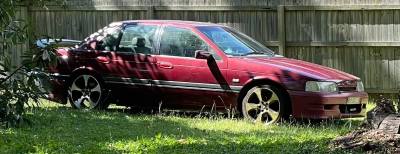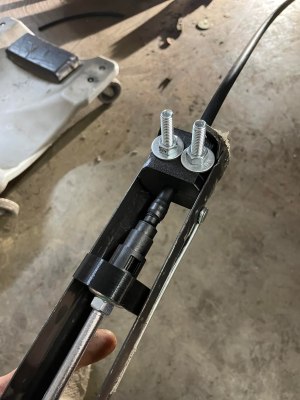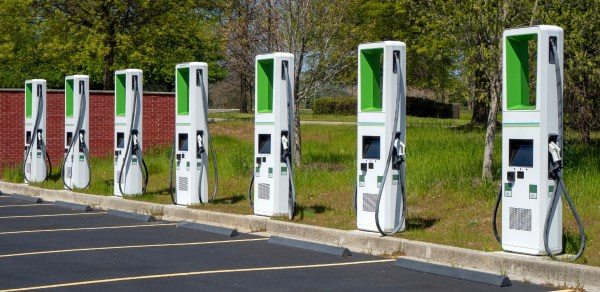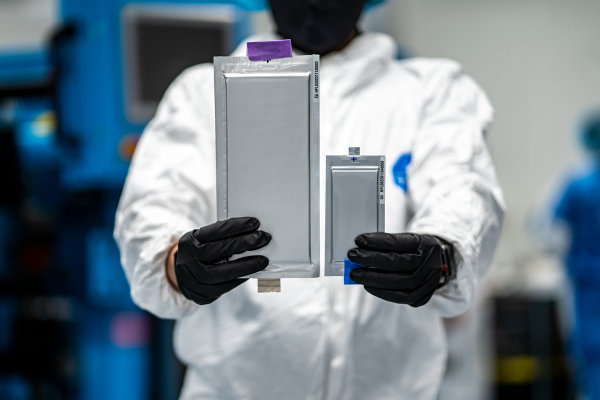The EA Falcon took Ford’s popular Australian sedan line into the 1990s, even if it gave way to the EB Falcon by the end of 1991. Few would call it high tech, but it introduced several innovations to the platform that were very of its time. One hacker, however, has taken a humble EA Falcon and given it a set of homebrewed modern upgrades.

The example in question is an EA Fairmont Ghia, which featured a handful of high-tech displays in the dash cluster, which was very on trend in the late 80s and early 90s. This dash has seen much revision, however, and now features a large TFT display and a smaller OLED unit, both of which show various vital statistics for the car. The screens have been neatly hacked in, one as part of the tachometer, the other replacing the original fuel and temperature gauges. With the data displayed on the screen instead, there’s no need for the original dials. Continue reading “’90s Ford Gets Shift Paddles And A Digital Dash Upgrade”


















